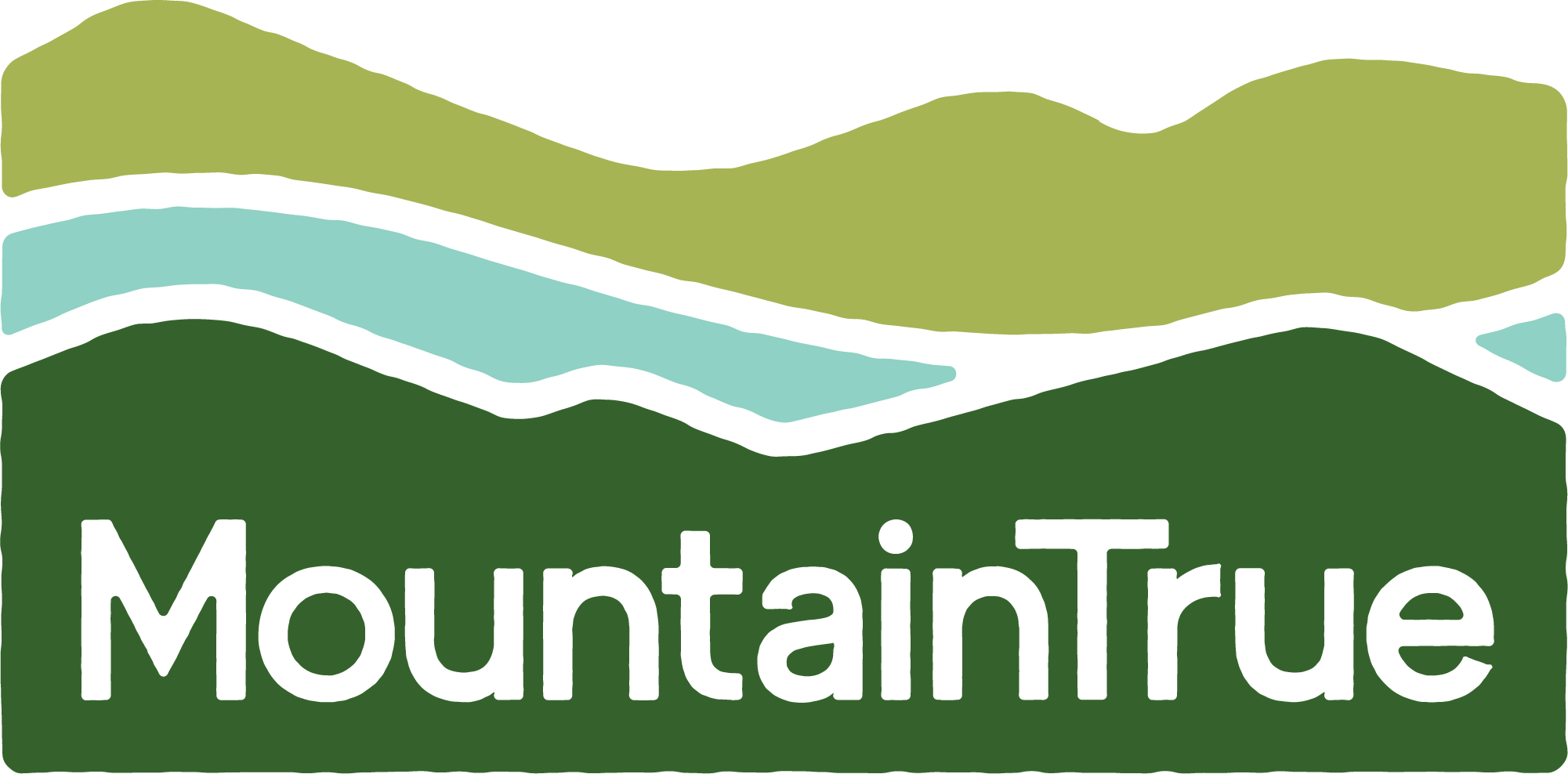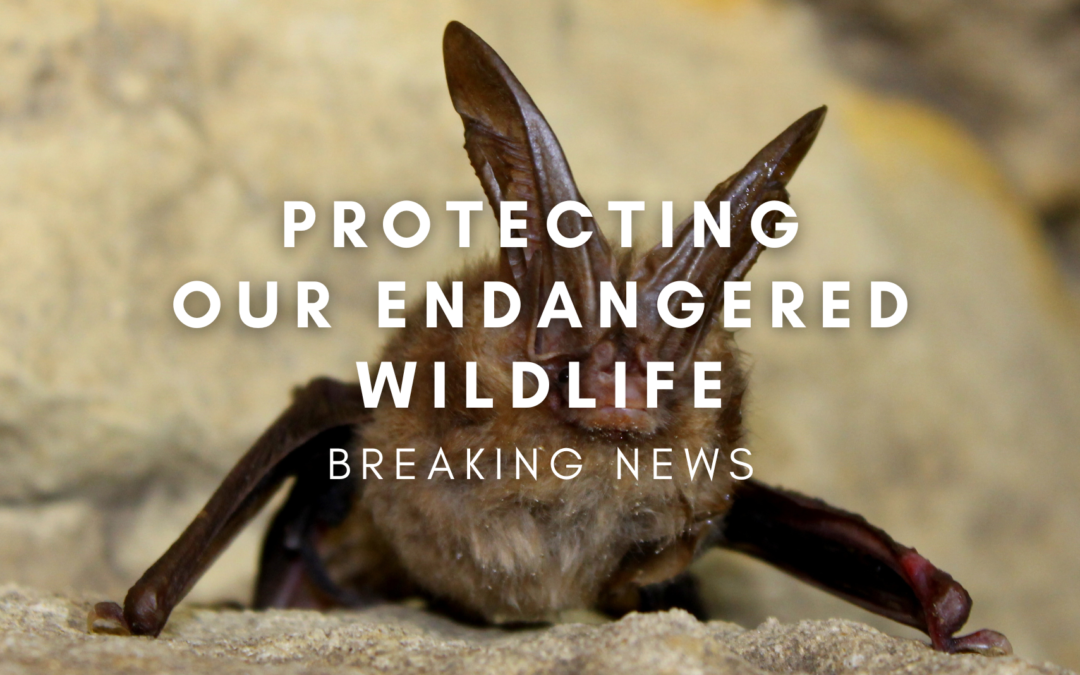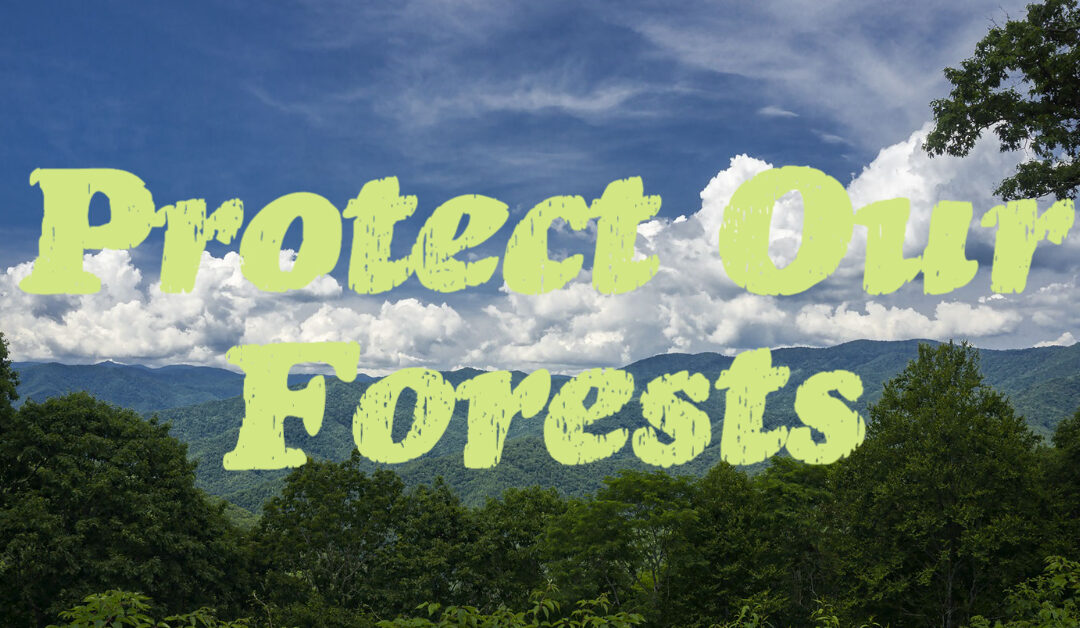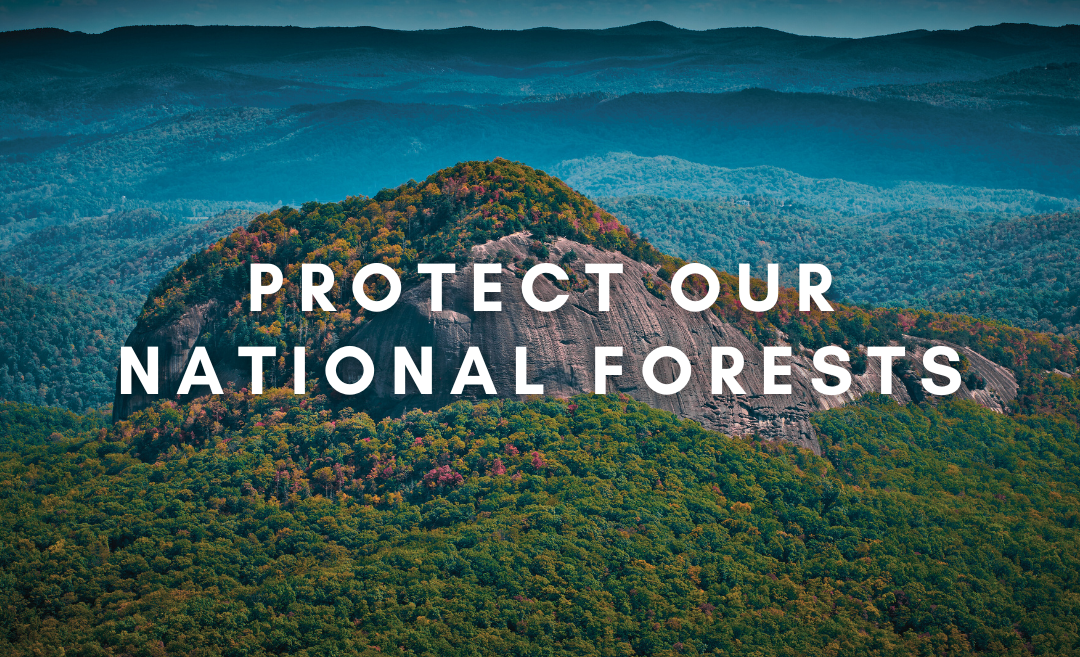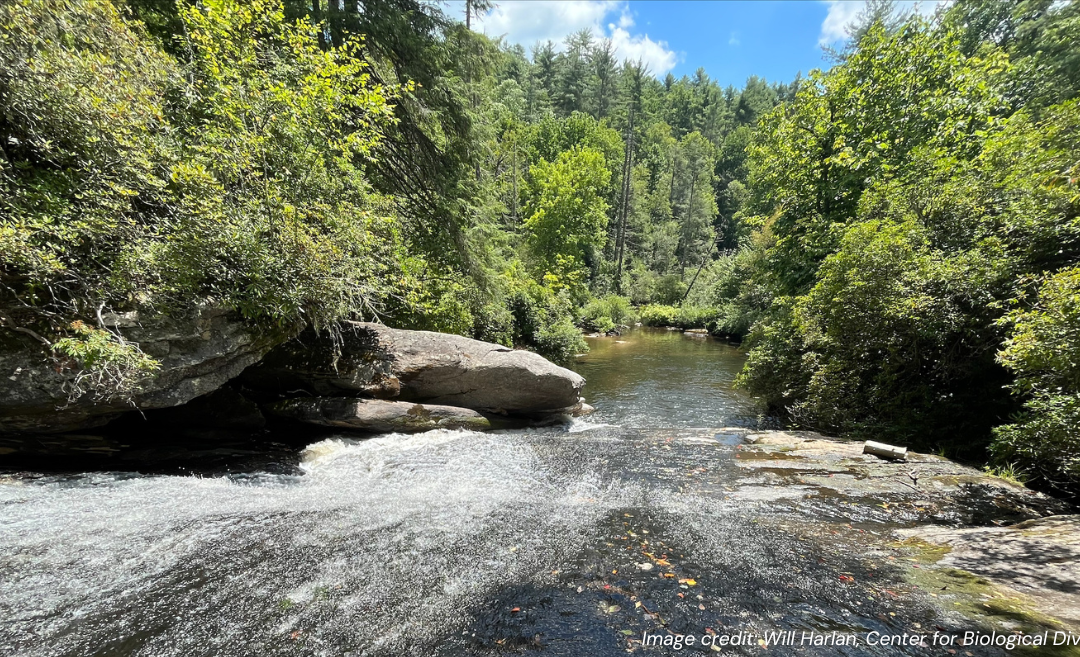
MT Raleigh Report: MountainTrue Advocates for Environmental Progress Amid North Carolina’s 2024 Legislative Session
MT Raleigh Report: MountainTrue Advocates for Environmental Progress Amid North Carolina’s 2024 Legislative Session
This week marks the beginning of the 2024 session of the North Carolina General Assembly. With elections looming in the fall, many lawmakers would like to see the legislature get in and out of session as quickly as possible and avoid taking up controversial issues that will slow the session down – or make campaigning more difficult.
Adjusting the second year of the state’s two-year budget is one of the legislature’s key tasks this year. Lawmakers got some good news on the budget front earlier this month when analysts reported that the state will enjoy higher-than-budgeted revenues for both the current 2023-24 fiscal year and the upcoming fiscal year 2024-25.
For MountainTrue, the legislative session provides another opportunity to speak up for the mountains, rivers, and communities of western North Carolina. Some of our priorities this year include:
Helping property owners reduce stormwater pollution.
The Community Conservation Assistance Program (CCAP) allows local soil and water districts to help property owners reduce stormwater pollution. Unfortunately, demand for CCAP far outstrips its funding. By targeting dedicated funding for the CCAP program in the French Broad River watershed, we can reduce stormwater pollution in areas that are heavily used for recreation.
Continuing to help rural families fix failing septic systems
MountainTrue and NC DHHS recently partnered to administer funding to fix failing septic systems in WNC, and the effort spurred Buncombe County to launch its own program. Funding for grants to local health departments in WNC will allow other counties to administer their own septic repair programs.
Expanding E. coli Monitoring in the French Broad River
By expanding the state’s real-time E. coli bacteria detection program in the French Broad, we can provide the public with an up-to-date picture of bacteria pollution levels in a river that is heavily used for river recreation.
State Trail Designation for Two Paddle Trails
By securing State Trail designations for the First Broad River (Cleveland County) and Watauga River (Watauga County), we can accelerate the development of paddle trails on these rivers and boost recreational and economic opportunities for local communities.
MountainTrue is actively seeking funding for several local projects, including dam removals, trails, and greenways throughout the WNC region. Additionally, we are advocating for lawmakers to pass legislation that would mandate local governments to adopt ordinances permitting the construction of “accessory dwelling units” in residential areas. This initiative aims to promote smart infill development and alleviate the housing shortage throughout our region while addressing the climate impacts of commuting and protecting rural areas from sprawling development.
MountainTrue is the only WNC environmental organization with a full-time presence in Raleigh. Your support ensures that our region has a strong voice for the environment in the General Assembly. Thank you so much for your part in this effort.
Read our full 2024 Western North Carolina Conservation Priorities.
